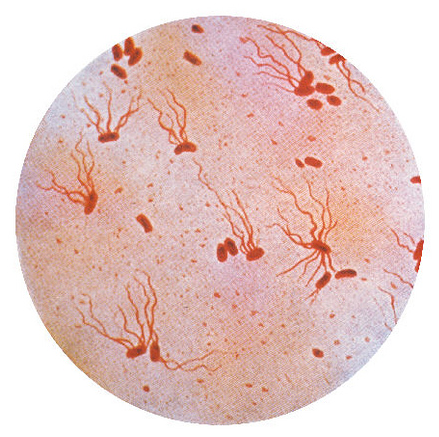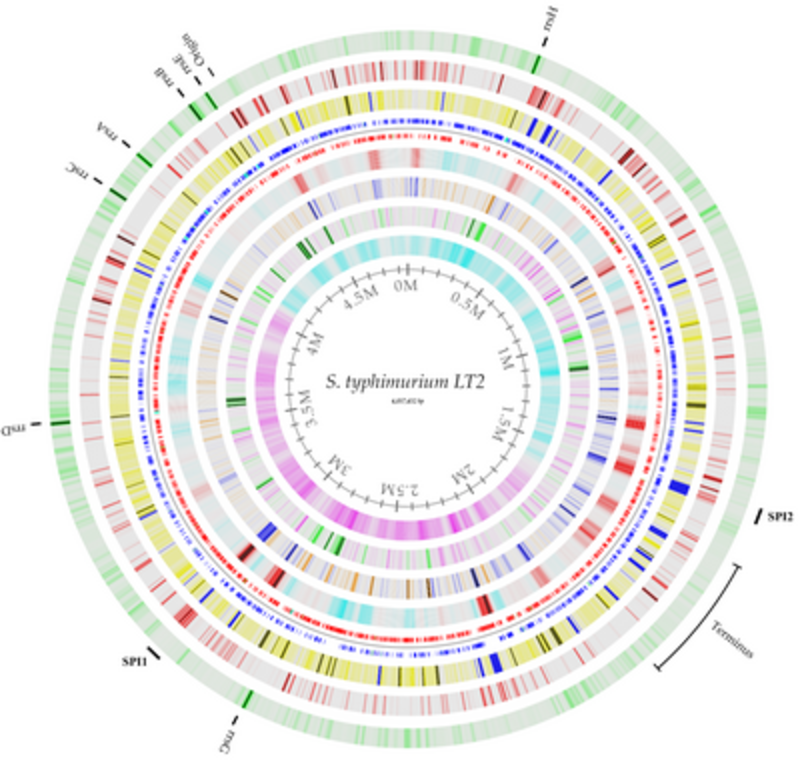OBO Foundry
Our choice of the OWL ontology format and the OBOFoundry framework for GenEpiO stems from the desire to see that our various users and stakeholders – from front-end lab and epidemiology staff, to back-end project managers, system designers, software developers, IT implementers, and ontology maintainers – are all satisfied by GenEpiO’s relative simplicity and ease of implementation. This piece explains our general motivation for choosing the Web Ontology Language (OWL) format for GenEpiO, and the benefits of operating within the OBOFoundry family of ontologies.
It may be extra work for a given project to go and ferret out the terms it needs for pick-lists or the variables (measurable terms) related to its bio-medical goals. But the payback shows up with lower maintenance costs when it comes to maintaining that vocabulary, with its imported content automatically evolving and expanding in capability. More benefits accrue when an agency wants to integrate systems that already reference the same terminology lists (or well-defined equivalents). That is the application development future we want GenEpiO to satisfy.




